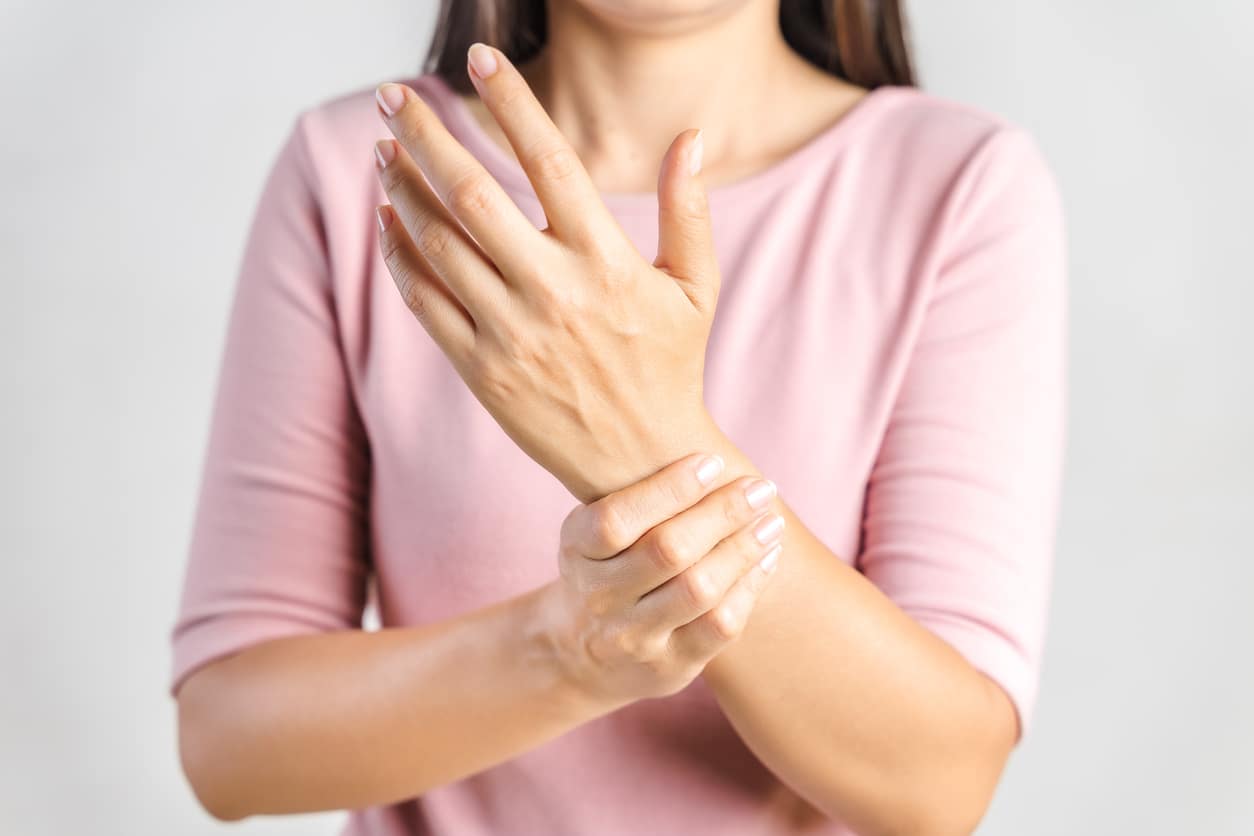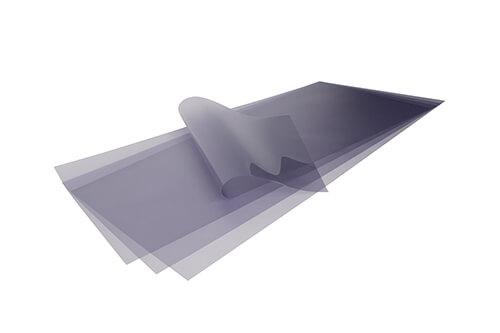For many people with lupus, the quality of light in the outdoors and indoors matters. Exposure to UV rays causes photosensitivity, which causes flare-ups such as rashes, headaches, fever, fatigue, joint pain and other symptoms. The relationship between indoor lighting and lupus is a factor in patients’ experience of their illnesses.
Unfortunately, many people are unaware of other culprits behind UV rays besides natural sunlight. Indoor lighting is a common source of UV rays that cause lupus-related flare-ups.
Understanding your indoor lights and ways to control UV rays can help you manage photosensitivity for people with lupus. Here are eight things you should know about indoor lighting and lupus.
Table of Contents
1. Photosensitivity and Flare-ups Occur Indoors
The damaging effects of the sun are widely known and acknowledged. The adverse effects of UV rays on the skin are the reasons for advanced skincare techniques such as sunscreen, long clothing, and wide-brimmed hats outside.
However, for people with lupus, exposure to UV rays has effects besides sunburns and tans. Lupus-related photosensitivity causes symptoms such as fever, skin rashes, lesions, fatigue, joint pain, and kidney disease. It’s worth noting that lupus-related flare-ups are autoimmune reactions, which means they are more severe.
Fortunately, it’s possible to protect the skin from UV rays from the sun. The challenge comes in when operations move indoors. Lighting bulbs, such as fluorescent bulbs, also produce UV rays, which cause photosensitivity for people with lupus. Hats, glasses, and other protective wear used outside are limited indoors.
The sensitivity varies by patient and the conditions. Generally, fluorescent bulbs emit low amounts of UV rays compared to the sun. As such, flare-ups are more common for people with prolonged exposure. Fortunately, removing any UV ray-emitting bulbs helps create conducive conditions for people with lupus-related photosensitivity.
2. Halogen Bulbs Emit UV Rays
Besides natural lights, many indoor spaces rely on artificial lighting to illuminate a room. Artificial light is mainly provided through bulbs. Incandescent or tungsten bulbs were revolutionary but later banned for domestic use due to their inefficiency and low light output.
The next in line were halogen bulbs, which were a variation on incandescent bulbs. While these bulbs are brighter, more efficient, and last twice as long as incandescent bulbs, they produce more UV rays and blue light than incandescent bulbs. As such, halogen bulbs are not suitable for people with photosensitivity to indoor lighting and lupus.
While many people have replaced halogen lamps with fluorescent bulbs, they’re still in use. Fortunately, you can purchase halogen light filters to filter UVA and UVB rays. These filters also reduce glare and provide better relief for photosensitivity. Overall, it’s better to upgrade to LEDs.
Lupus Light Filters
The only solution for blocking UV and making indoor light more natural in office environments.
NaturaLux for Lupus Photosensitivity
3. Fluorescent Bulbs Cause Flare-Ups
Fluorescent bulbs have been widely adopted for their advantages over halogen bulbs. These are long cylinders often coated in white powder that are common in commercial spaces and offices.
Since fluorescents are energy-saving, they were quickly adopted for use. They are also four times brighter than incandescent bulbs. Lastly, fluorescent bulbs come in various shapes and sizes, which makes them adaptable to multiple environments.
Unfortunately, fluorescent bulbs are due for banning because they are challenging to dispose of. They contain toxic mercury and are also expensive to install. More importantly, the production of fluorescent light produces UV rays.
As such, people with photosensitivity experience adverse symptoms after exposure to fluorescent light. Protective films are excellent for rooms with fluorescent bulbs to filter the UV rays and improve indoor lighting and lupus flare-ups.
You can install light filters and diffusers for lupus to reduce the impact of fluorescent lighting on people with lupus. It’s also best to use fluorescent bulbs that emit the lowest amount of UV rays.

4. Use LED Light Indoors
Currently, LED lights are the future of light bulbs. LED or Light Emitting Diodes are highly recommended because they produce bright light and save energy. LEDs are up to 90% more efficient than incandescent bulbs.
These bulbs also have a longer lifespan. Instead of failing, LED bulbs depreciate in lumens. This means that LED bulbs slowly lose brightness over time. The bulbs also absorb the heat they emit into a heat sink and slowly release it into the surrounding environment to avoid overheating or burning.
More importantly, LED bulbs do not produce large amounts of UV radiation, at least compared to incandescent and fluorescent bulbs. However, LED bulbs with cool and bright white light may produce shortwave rays. Generally, LED bulbs are better for people with lupus.
5. Using Shade Diffusers
Photophobia or eye-related problems due to lupus are relatively rare but can also occur. Up to 30% of people with lupus may suffer from keratoconjunctivitis sicca, also known as dry eyes. While there is no notable loss in vision, the eyes may feel gritty and uncomfortable when exposed to bright light.
2.4% of people with lupus may also experience scleritis, which is more severe. In this condition, the person with lupus experiences pain in the eyes. In extreme cases, the pain may keep the patient awake at night. Certain parts of the eyes may appear reddened, and the patient’s quality of life quickly reduces.
In both instances, the quality of light helps patients see better and also alleviates symptoms. If you have a lampshade, it may still produce bright light, triggering sensitivity in the eyes.
Shade diffusers are an easy and effective way to manipulate the light coming from lampshades. The shade diffusers dampen the light coming from the lampshade. You can acquire shade diffusers in various shapes to match your lampshade.
Some diffusers are white and higher in opacity, making them great for blocking out the bright light from your bulbs. Other shade diffusers are translucent, while others have floral designs that produce patterns while filtering the light. The key is to find the diffuser that filters the light to your desired softness and brightness.
6. Fluorescent Light Filters
Fluorescent and incandescent bulbs can emit high amounts of UV rays, which adversely affect people with lupus. The rays occur in two parts- UVA and UVB. The strong allergic reactions and flare-ups of lupus complications are some of the reasons to be wary of fluorescent and incandescent bulbs.
However, you can also install UV light filters to block UVA and UVB rays. Fluorescent tube covers slide over the bulbs and block UV rays. These tubes are easy to install and also remove for reuse. You can also install flat panel light filters to block UV rays from light panels.
Some of the benefits of using light filters are reduced eye strain, fewer headaches, better mood regulation, improved focus, and fewer lupus-related flare-ups. If you have employees with lupus, consider investing in light filters to reduce the risk of photosensitivity.
7. Wearing Tinted Glasses for Eye Sensitivity
Tinted glasses have long been a fashion trend but valuable for people with photophobia or light sensitivity outside. However, for people with photophobia, the light indoors can also be too much to bear. As such, wearing tinted glasses is an effective way to alleviate the symptoms and protect the eyes.
Tinted lenses block specific wavelengths emitted by fluorescent bulbs and other bright light sources. With reduced light sensitivity, you’ll experience lower eye strain, eye pain, migraines, and improved focus.
Eyewear varieties reduce sensitivity related to computer and device use, which means better eye health for people with issues relating to lighting and lupus. These are mainly called blue-light filters and are a great addition to any tinted eyewear.
If you choose to wear tinted glasses to manage lupus-related eye sensitivity, avoid going too dark with the tints. Generally, artificial light tends to be less intense than sunlight, which means you need sufficient light exposure to see well.
Also, adapting your eyes to dark views makes your eyes more sensitive to bright light. It’s best to use glasses that reduce sensitivity without darkening your view too much to avoid triggering any lupus-related flare-ups once exposed to bright light.
8. Wear Protective Clothing
Most people with lupus struggle with skin complications, which are often worsened by exposure to UV rays. As such, people with lupus usually wear protective clothing to reduce lupus-related flare-ups. The clothing may include long-sleeved shirts and blouses, pants, socks, wide-brimmed hats, and gloves.
However, indoors, wearing heavy protective clothing may be challenging. The decision to wear protective clothing indoors depends on the severity of your symptoms. If prolonged exposure to UV rays from fluorescent bulbs causes skin lesions and rashes on your legs, arms, and forehead, consider protecting yourself.
Sunscreen with an SPF of 70 or higher is also advisable for people with lupus and photosensitivity. As an employer, if you have an employee experiencing lupus-related symptoms due to UV rays from indoor lighting, consider getting light filters.
Make Your Space More Supportive for People with Lupus
UV rays trigger lupus-related photosensitivity, which results in uncomfortable symptoms for patients. If you experience lupus-related photosensitivity or work with people with lupus, you can take several measures to control the quality of your indoor lighting.
Light filters effectively block the UV rays emitted by indoor light sources such as fluorescent and halogen bulbs. You can purchase fluorescent tube filters or panel filters to protect various light sources.
Make Great Light has light filters for bulbs of varying shapes and sizes. Feel free to browse our site for solutions for better indoor lighting. Also, please read our common questions about fluorescent and LED lighting.

